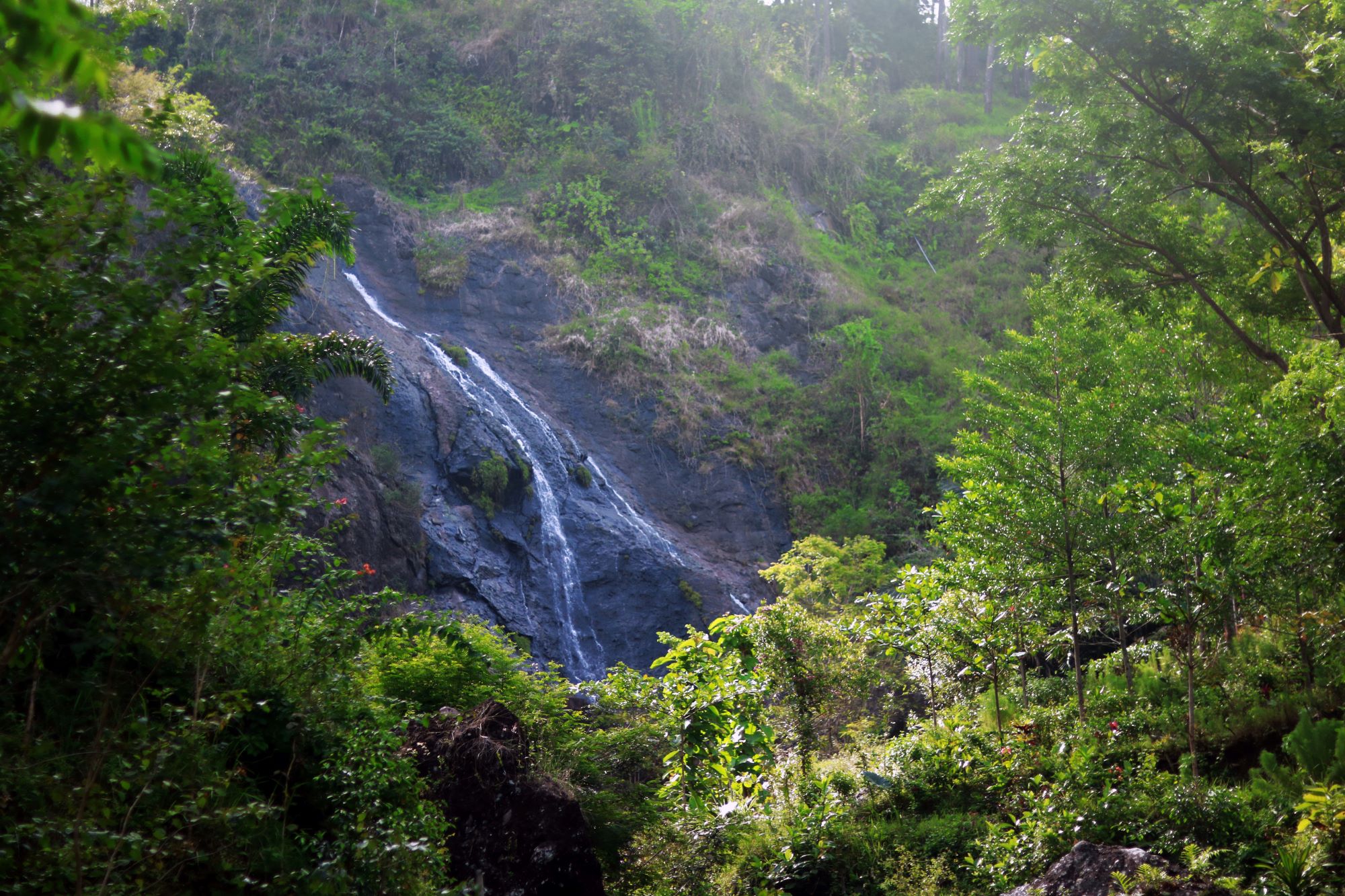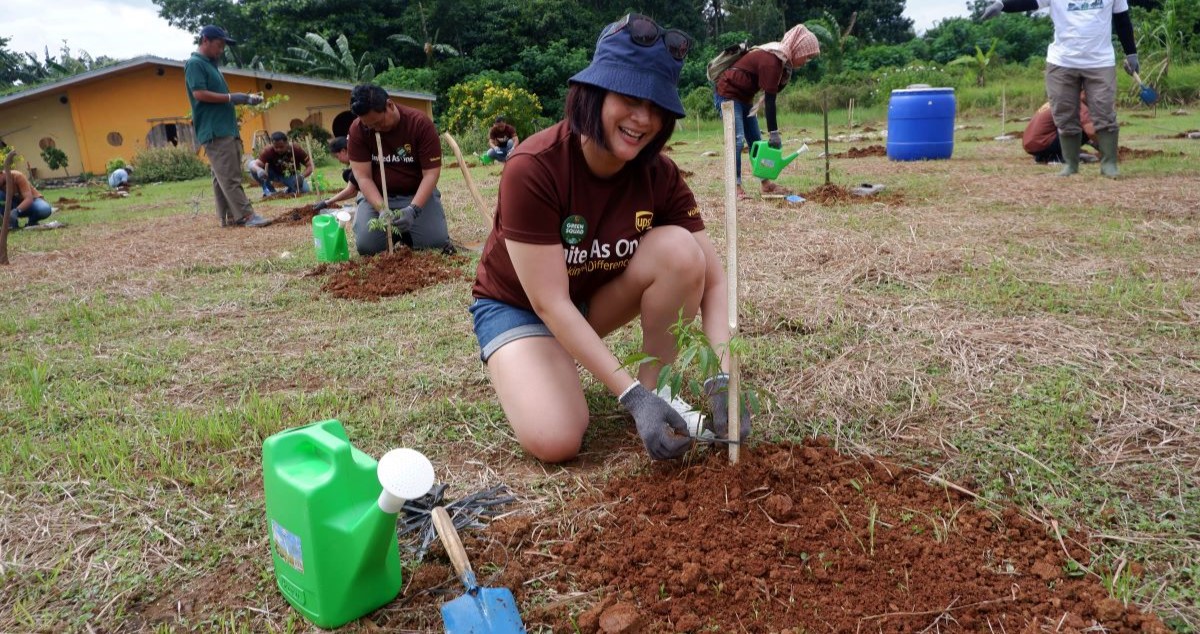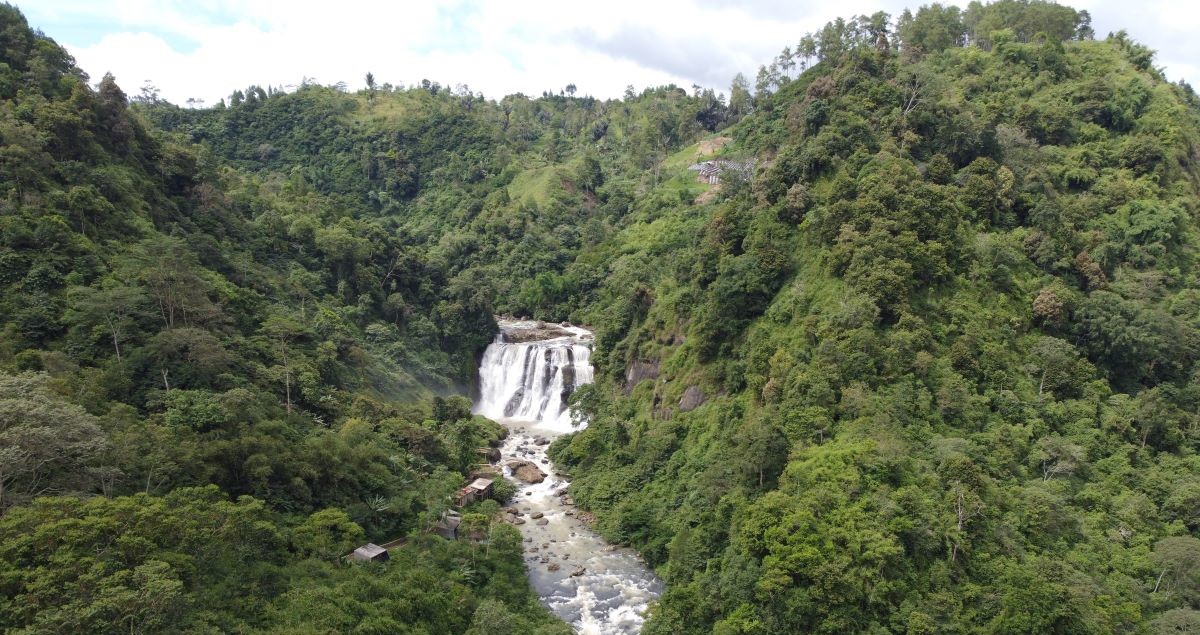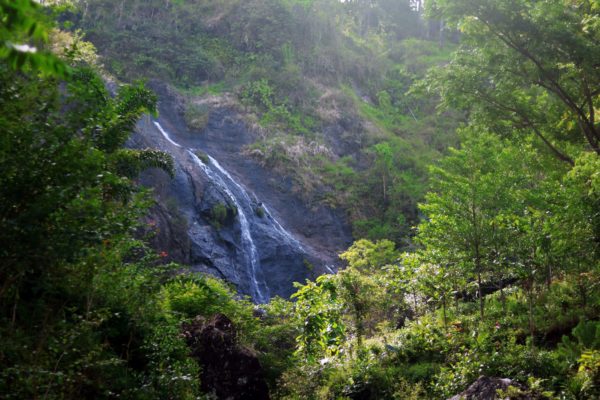
From beaches lining the southern shores of Java to the verdant hills inland, Kebumen is home to extraordinary natural beauty. For travelers, the landscape offers many treasures to be explored. During Trees4Trees’ recent planting excursions, we encountered one of the region’s hidden gems, tucked away in the forest.
People in the nearby village of Gunungsari call it ‘Curug Kedondong’ (kedondong is a type of fruit tree that grows locally, and this name is also given to the nearest sub-village). Surrounded by natural woodland, this breathtaking waterfall in Kebumen regency is a great example of why our mission to re-green Java is so important; a process of rehabilitating degraded areas, but also preserving the natural wonders we already have.
How to Get There
The waterfall is located around 15 miles (24 kilometers) southwest of downtown Kebumen. Traveling by car or motorbike, the road winds through idyllic pine forests and farmland along the way.
At the end of the road, the entrance gate is less than 1500 feet (450 meters) from the nearest houses. Entrance costs just IDR 5,000 (US$ 0.33) per person.
What Makes it Worth the Trip
The waterfall itself stands around 82 feet (25m) tall. The water cascades into an ancient canyon of andesite rocks, framed by verdant jungle ferns. At the base of the falls there is a natural freshwater pool – the perfect spot for a refreshing dip after the long trek.
And speaking of trekking, those with an adventurous streak can hike to the top of the falls. From up here, you can sit and enjoy panoramic views of the hills surrounding Gunungsari Village.
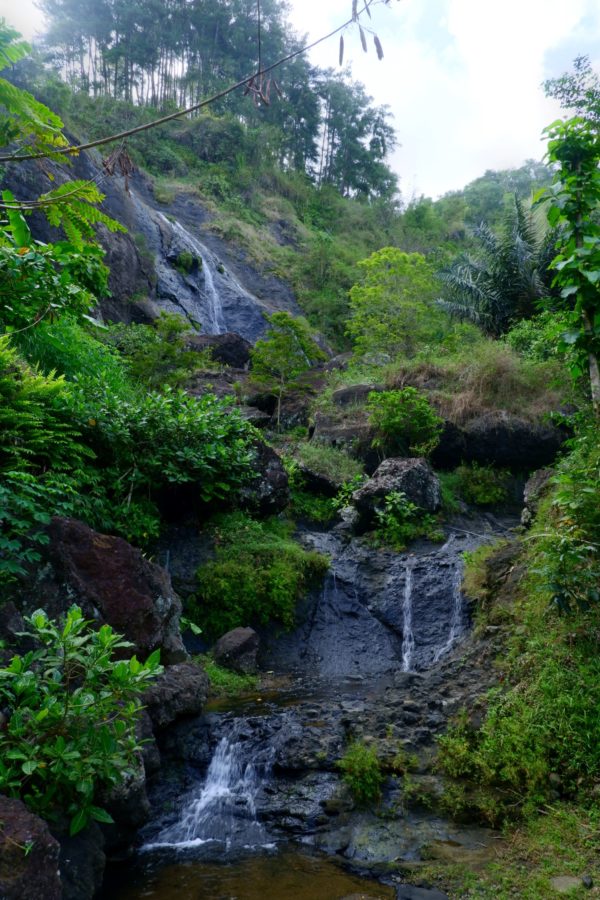
Making a Splash: The Growing Popularity of Kedondong Waterfall
For many years, this spot had been a well-kept secret, known only to the people of Gunungsari. But in 2018, a group of local youngsters decided it was time to put this place on the map – so they began promoting the falls as a unique tourist destination.
In 2019, and with support from the village government, they officially unveiled the falls and began welcoming visitors from far and wide. Since then, the site has been made more accessible to the public, with new facilities like gazebos, bridges, toilets, a parking area, and food stalls.
Jasmun is one of several young people in Gunungsari to have been actively involved in – and subsequently benefitted from – development of the falls. He lives nearby with his wife, and together they have converted their home into a food shop for tourists.
“Previously, it was like our own private waterfall because the location was just behind our house,” says Jasmun. “Now, we’re grateful that many visitors come to this place, because we can make income from this shop.”
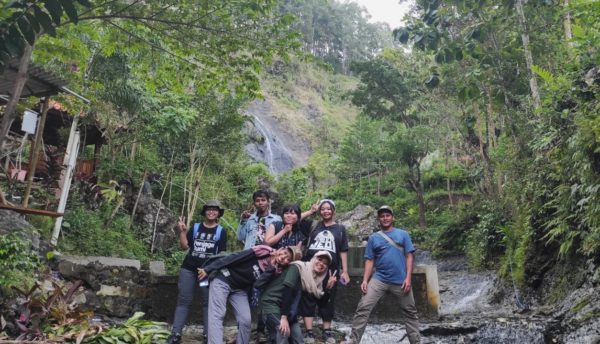
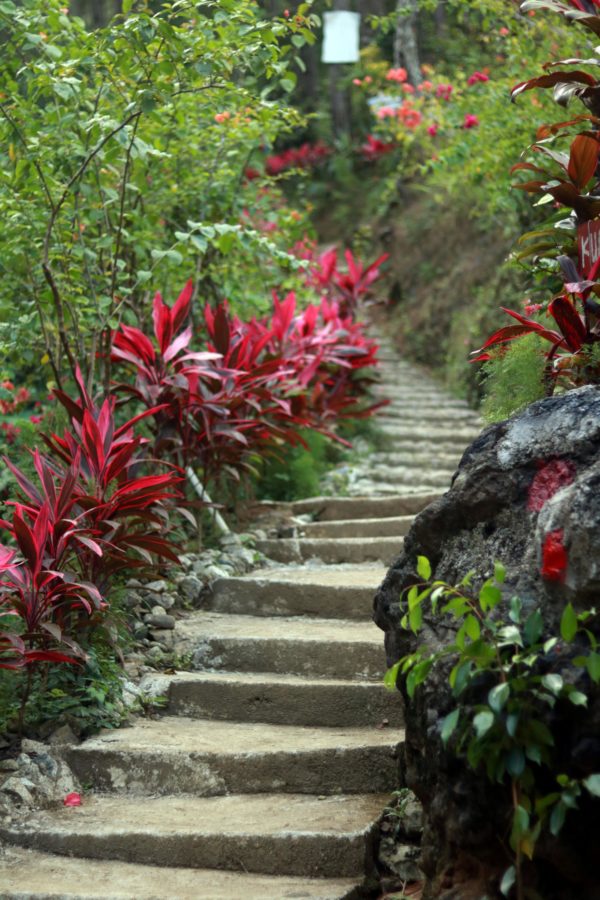
Putting Down Roots: Reforestation the Key to Future of the Falls
“This waterfall originated from a source spring above,” explains Jasmun, who is part of a group that is working together to preserve the surrounding forests and keep the river system healthy. Recent years have given them cause for concern.
“In the dry season, the rivers never fully dried up,” he says. “But lately, the water coming from the spring is dwindling. It’s a major worry for us.,” The natural spring feeds the waterfall, but also represents the main source of clean water for villagers in the area.
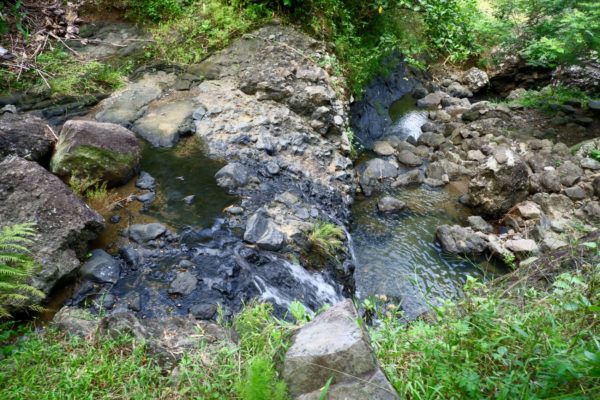
In an effort to protect the spring and preserve the waterfall, local people have planted trees in the area. This offers a range of ecosystem benefits: trees help intercept rainfall, thereby reducing soil erosion; they also support infiltration, which means rainfall reaches the water table; they store water in their roots and branches, which keeps wellsprings flowing; and they also help to improve the quality and cleanliness of drinking water.
Trees4Trees has been supporting these efforts with a combination of resources and expertise. “In 2021, we helped the people plant 500 trees for spring conservation purposes,” explains Lailatul Khasanah, Field Coordinator of the Trees4Trees unit in Kebumen. “We planted sugar palm (aren), pangi (picung), and Tahitian chestnut (Gayam) trees, because they have a great ability to store water.”
In the most recent planting season, Lailatul and her team planted 500 more trees in the area – both on nearby farmland and in public areas around the waterfall. By working together with local people and giving nature a helping hand, Trees4Trees hopes to preserve the wonders of the waterfall for generations to come.
“By planting trees,” says Lailatul, “we hope the beauty of Kedondong waterfall will last forever.”
Writer: V. Arnila Wulandani. Editor: Christopher Alexander

